Context
Cancer remains a major public health issue in both Spain and Mexico. Research has shown that about 40% of cancer diagnoses could be prevented if certain lifestyle risk factors, such as smoking and diet, were improved. This study investigated a healthy lifestyle educational intervention, delivered via internet and cell phone messaging, and its impact on several cancer risk factors related to lifestyle, including smoking, diet, and alcohol consumption, among Spanish and Mexican adolescents.
Intervention
The PREVENCANADOL program is an online program that aims to prevent and treat cancer risk behaviors through problem-solving exercises, individualized nutrition advice based on reported food intake, informational videos, forums and chats, and online games. Participants with mobile phones receive weekly text messages highlighting key lessons. The program is presented as a contest, where participants can accumulate points by completing questionnaires, visiting the website, watching videos, leaving comments, and recruiting other participants. Solving educational challenges earns the most points. Students and schools with the highest scores at the end of the intervention receive gifts such as computers, smartphones, sports equipment, and educational games. The intervention lasts for a full academic year (nine months).
Evaluation
Design: The study took place in Spain and Mexico from 2009 to 2012. Students were randomly assigned to one of two experimental groups–the group that received the online intervention only or the group that received the online intervention plus text messaging–or the control group (randomized control trial). They completed a web-based questionnaire at the beginning and end of the study. Students were determined to have or not have the following risk behaviors based on their self-reports: smoking, diet, alcohol consumption, obesity, sedentary lifestyle, and sun exposure. Their reported body mass index was used to validate their weight/obesity status, and their responses to a food frequency questionnaire validated their dietary behavior. A total cancer behavioral risk score was then assigned to each student based on the number of risk behaviors. The score ranged from 0 to 100, with 0 indicating no risk and 100 indicating highest cancer behavioral risk.
Sample: Adolescents attending secondary school in Spain and Mexico were eligible to participate. Out of the 3,855 students who registered for the program, 2,001 (52%) completed the baseline questionnaire and were assigned to study groups: 987 in the control group and 1,014 in the two experimental groups. Sixty-three percent of the students did not complete the study, resulting in a final analytical sample of 316 students in the control group, 177 in the online intervention-only group, and 244 in the online and text intervention group.
The sample mainly consisted of 13-year-olds (41%), and about half of all participants (55%) were female. Slightly over half of the students (54%) had mothers with university degrees. At baseline, dietary fat intake and sun exposure were the two most common risk behaviors in the overall sample. Risk behaviors did not significantly differ between intervention and control groups, except for dietary fat intake, which was 5% higher in the control group.
Results
In all three groups, a greater share of students was getting enough fruit in their diet by the end of the study. In addition, in the online and text intervention group, a smaller percentage of students was overweight or obese at endline than at the beginning of the intervention. While the total cancer behavioral risk scores were lower across all groups, the difference was only statistically significant in the experimental groups. Students who received both the online intervention and text messaging had a 50-60% higher probability of having a lower total cancer behavioral risk score than students in the other two groups. They were also more likely to give up at least two risky behaviors compared to students in the control group.
Limitations: This study was limited by selection bias: Because participation was voluntary, students who registered and completed the study may have been more likely to change their risk behaviors compared to students who did not volunteer or dropped out. Another limitation is the reliance on self-reported data. The dropout rate was also high; however, the study was still able to achieve a sufficient sample size.
Conclusion
This study shows that a web-based educational intervention combined with regular text messaging can lead to modest improvements in cancer risk behaviors among students. One of the key advantages of the study was the approach to address six different behaviors associated with risk. However, this approach also made the program more complex, which made it harder to effect change in individual behaviors. Despite this, the study provided a glimpse into the capacity of the internet and mobile phones in preventing adolescent cancer in the future. In light of the results, programs aimed at reducing dropout rates should focus on creating a website that caters to the preferences of adolescents who are at risk of early exit.


